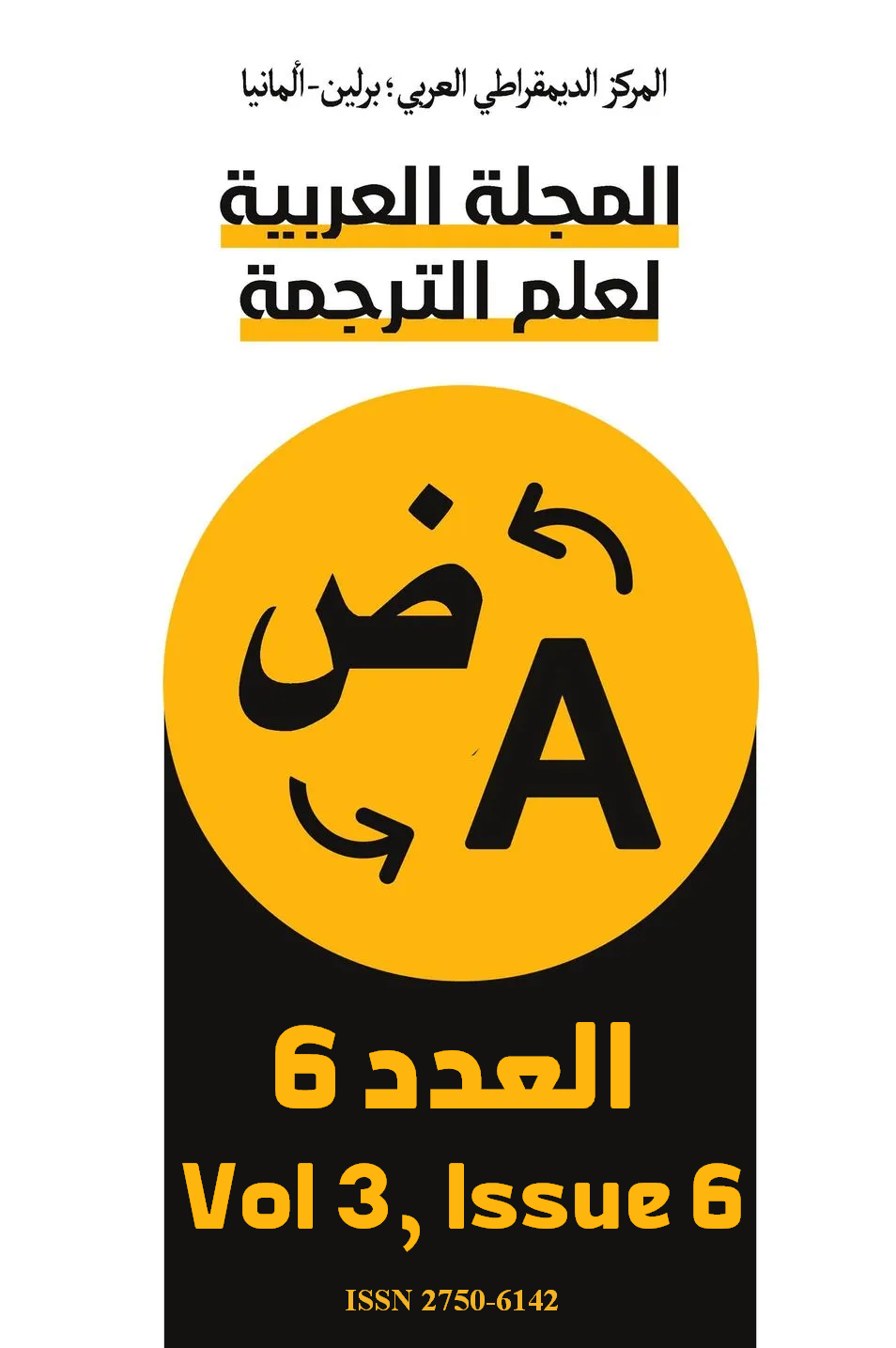Early Qur’anic Exegesis: From Textual Interpretation to Linguistic Analysis
DOI:
https://doi.org/10.17613/dtb8-a277Keywords:
Early Exegesis, Kufan Grammar, Linguistic Trend, Arabists, Grammatical TerminologyAbstract
This research is considered one of the most important studies related to the linguistic trend in the first interpretations. In it, the author presented the grammatical terms in the early Exegesis, and concluded the scarcity of grammatical terms found in the early Exegesis. The author proved that these grammatical terms were the seed of the terminology of the Kufa Grammar School, which was said to be It arose and stabilized long after the emergence of the Basra School, and grammar arose purely visually. In this article, the author discusses the types of Exegesis found in the early Exegesis of the Qur’an (second and third centuries AH/eighth and ninth centuries AD). After discussing the validity of these interpretations, the author states that the main goal of interpretations is to explain the meaning of the Qur’an. Commentators have searched for God’s intention in the revealed Book using interpretive tools such as paraphrasing, context, and text classification. Linguistic analysis did not play an important role, which is reflected in the scarcity of grammatical terms. When grammar emerged as an independent science at the end of the 2nd/8th century, it shifted in a different direction, and what had begun as an analysis of text now became an analysis of the structure of language.
Downloads
Published
Issue
Section
License

This work is licensed under a Creative Commons Attribution-NonCommercial 4.0 International License.
As an open-access the journal follows the CC BY-NC 4.0 Attribution-NonCommercial 4.0 International which states that:
- you are free to:
- Share— copy and redistribute the material in any medium or format.
- Adapt— remix, transform, and build upon the material.
- Under the following terms:
- Attribution— You must give appropriate credit, provide a link to the license, and indicate if changes were made. You may do so in any reasonable manner, but not in any way that suggests the licensor endorses you or your use.
- NonCommercial — You may not use the material for commercial purposes.
- No additional restrictions — You may not apply legal terms or technological measures that legally restrict others from doing anything the license permits.





